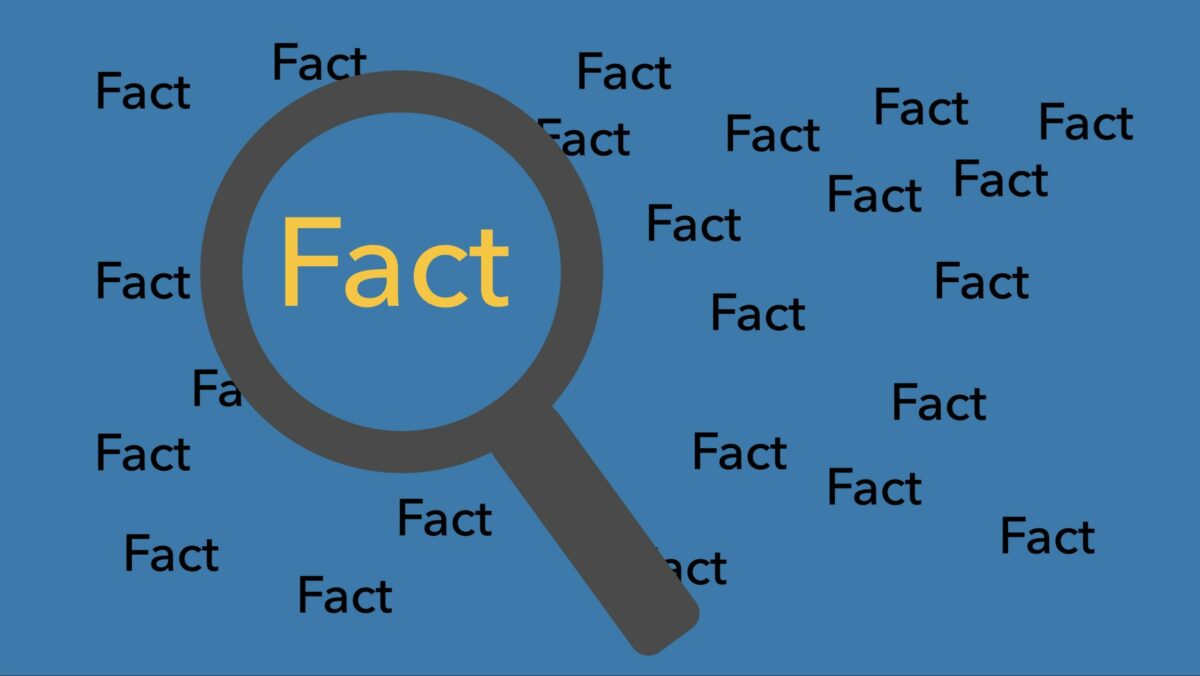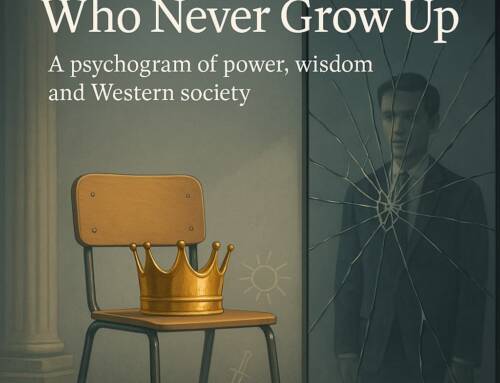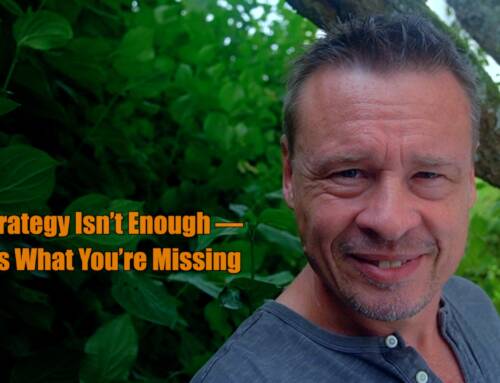So what is good science, what good communications?
Daniel Gilbert says in Stumbling on Happiness:
“Good scientists deal with the complication [that there’re many different techniques for collecting, interpreting, and analysing facts] by choosing techniques they consider most appropriate to get accurate results.”
While bad scientists took advantage of this complication by choosing techniques that were especially likely to produce the conclusions they favoured, thus allowing them to reach favoured conclusions by way of supportive facts.
Now imagine the two scientists were heavily involved in the communication of their results.
What approach would the good scientist choose and which the bad one?
Would the good scientist have a factsheet on his/her organisation’s website that showed only selected positive facts, a video with strictly favourable testimonials?
Wouldn’t such a communications approach render the preceding scientific process useless?
After all it doesn’t really matter at which state you cook your facts.
“When we cook facts we are similarly unaware of why we are doing it,” Gilbert says. “And this turns out to be a good thing, because deliberate attempts to generate positive views contain the seeds of their own destruction.”
Good communications is like good science. Contrary to common beliefs it doesn’t attempt to show only favourable results.
Not that there was anything illegitimate with being seen in a good light.
The trouble is more that you have to be selective with the facts to cook a good potpourri. You don’t provide the whole picture.
I know it’s a common communications practice but these deliberate attempts to show only the good work done by a project tend to backfire with audiences who become ever more media savvy.






Leave A Comment